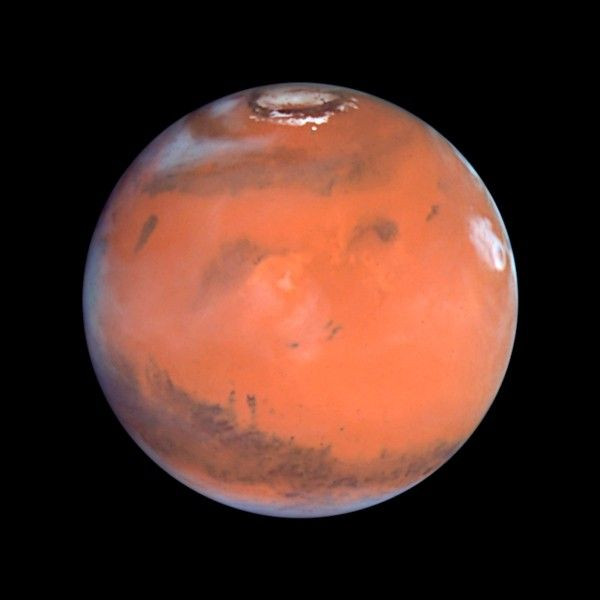Australian and Other Select Earth Locations Hold Proofs Life Once Existed On Mars – Report

If life indeed once existed and thrived on Mars scientists do figure that some form of 'bio-signatures' were left behind, prompting a mission to look for clues here on Earth with Australia making the short list of possible Martian life indicators.
Writing for the Discover Magazine, Sarah Scoles pointed to a NASA-funded scientific expedition by astronomer of Nathalie Cabrol of SETI Institute in Mountain View, California. Cabrol and her team will soon set out in search for proof of life believed embedded on Earth rocks that trace back millions or billions of years ago.
Cabrol operates on the premise that Mars once upon a time had an environment that supported life - the same atmosphere that earthlings enjoy today. And if any form of life once moved around on the Red Planet, the scientist is convinced that the footprint is similar to that on Earth.
"If our lineage shares roots, we might just find our own origin on a very old Martian rock a few years from now," Cabrol told Scoles.
These roots Cabrol will try to extract from select and remote locations around the world.
Australia
The five-year battle plan for Cabrol's team is to explore locations that mirror alien landscapes here on Earth so the mission includes stops on high, dry and wet locations - mostly uninhabitable and one Australian location that fits the description is Shark Bay in Western Australia.
According to Scoles, Shark Bay is host to stromatolites that can go as far back as 3.5 billion years ago and easily regarded as the most ancient indicators of life. If the goal is to unearth hints of what life was, in Mars including, then it makes sense for Cabrol to visit Australia.
Lakes in the Arctic
When Mars was Earth-like and had its dry and wet seasons, scientists believe that the planet had locations similar to the lakes in the Arctic. Cabrol will be on the lookout for microbialites that existed too when Mars was living things-friendly.
High-altitude lakes
The mission also involves swing by to the Andes as the high-altitude lakes there are said to replicate Mars during the in-between period. In the Andes, Cabrol's group would be collecting stromatolites and microbialites for closer study, Scoles reported.
Deserts
Also mapped out are the Mojave and the Atacama deserts. The latter is of interest to scientists because of its super-dry and harsh landscape. By digging deeper into the organisms that survive on the arid environments, Cabrol could have a better understanding of the period when life was still possible on Mars, Scoles said.
Essentially, Cabrol will attempt to travel back in time and try to make better sense of what life was like on Mars before the planet was engulfed by a nuclear firestorm that reportedly was brought upon by a ruthless alien race, completely wiping out Martian life forms.




















